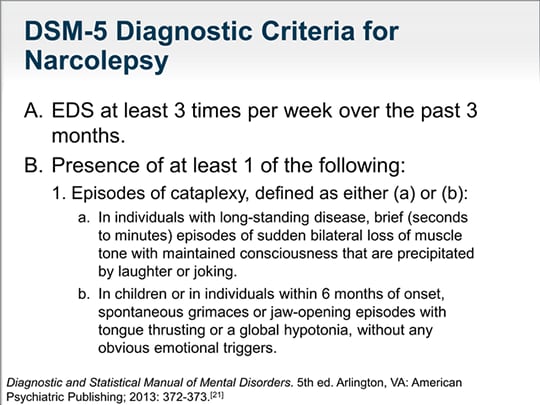
Low scores/points for responses are associated with low stress and good perceived sleep quality (conversely, high scores are associated with high stress and poor sleep quality). All answers were obtained by using a Likert Scale with ratings between 0 and 4. In this study, all participants filled out a questionnaire about sleep and stress using Google Forms. In particular, this cross-sectional survey-based study investigated whether increased levels of stress are associated with increasingly poor levels of perceived sleep quality among undergraduate students at the George Washington University.

This research examined the relationship between sleep and stress in college students.

The second-to-last question, "In the past month, how often have you wanted to fall back asleep after already waking up in the morning?" refers to sleep inertia (feeling of grogginess after waking up from rest), which the Hypersomnolence Foundation (Hypersomnolence Foundation, 2020) suggests can indicate poor sleep quality.

Also, the sleep section of the survey included two questions (the last and second to last question) that SLEEPING STRESSED 7 incorporated aspects of the Sleep Quality Scale (Snyder, Cai, DeMuro, Morrison, & Ball 2018), Swiss Narcolepsy Scale (Sturzenegger, Baumann, Lammers, Kallweit, van der Zande, & Bassetti, 2018), Pittsburgh Sleep Quality Index (Buysse, Reynolds, Monk, Berman, and Kupfer, 1989), and the Hypersomnolence Foundation HINT test (Hypersomnolence Foundation, 2020), but was personally written to an extent. To assess the dependent variable of sleep quality, the sleep section of the survey incorporated questions from the Sleep Quality Scale (Snyder, Cai, DeMuro, Morrison, & Ball 2018), Insomnia Severity Index (Morin, Belleville, Bélanger, & Ivers, 2011), Swiss Narcolepsy Scale (Sturzenegger, Baumann, Lammers, Kallweit, van der Zande, & Bassetti, 2018), and the Pittsburgh Sleep Quality Index (Buysse, Reynolds, Monk, Berman, and Kupfer, 1989).


 0 kommentar(er)
0 kommentar(er)
